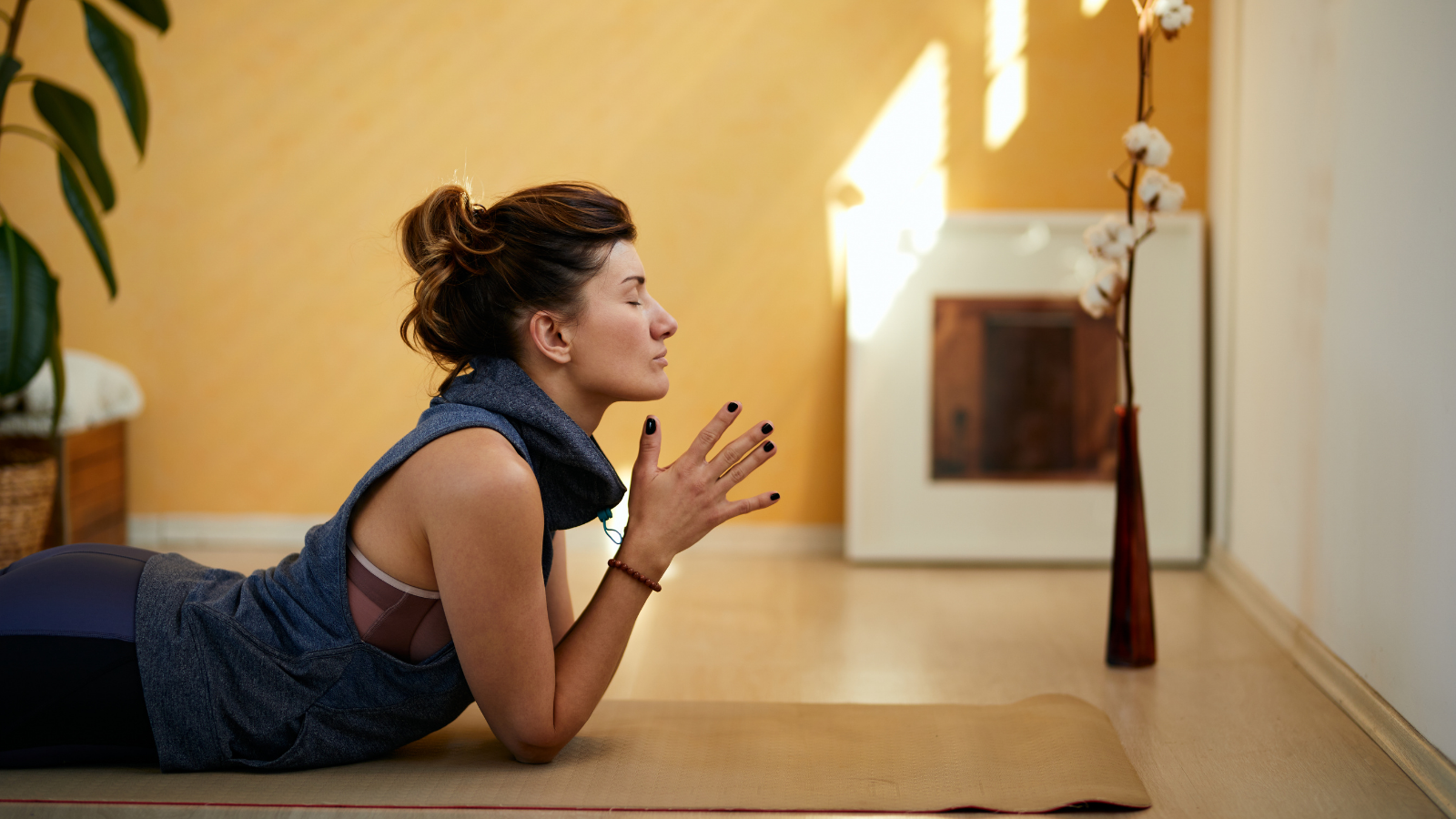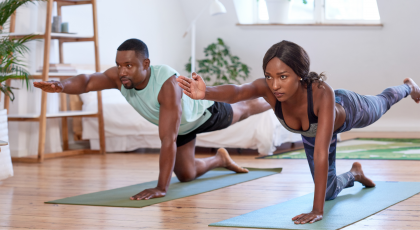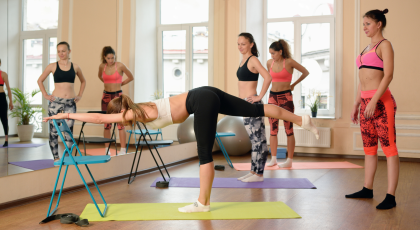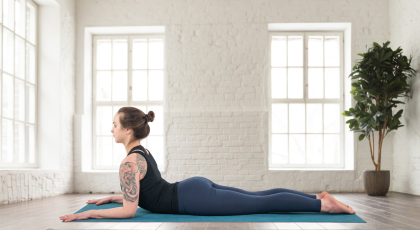View basket (0 items $0.00)

3 Somatic Movement Yoga Flows to Promote Better Posture
In this blog, I invite you to watch this video (20 minutes) with three consecutive Somatic Movement Flows® to help you unwind from stress, pain, and stiffness in your upper body. My intent is to support you in improving your posture and becoming more present in each moment so that you can make the next best generative decision for your health and well-being. You can watch and practice all flows at once or explore them one at a time at your convenience.
For those that like to understand, from a scientific and practical level, how/why Gentle Somatic Yoga & Wellness® is a highly effective and unique form of yoga practice might also enjoy further explanations found in this video.
The Importance of Movement
The video above shows how to self-correct from poor posture from being sedentary, often the result of spending hours sitting in front of a computer. Sitting, even for short amounts of time, causes compression on the spine. And, when the body maintains the same shape, the muscles in the front body can remain contracted, even when you think you are relaxed.
Consider this: Next time you are standing in line at a store, look at the posture of the people near you. You might notice that many people have their head and shoulders forward and down (hunched). Interestingly, most people are unaware of this, let alone know how to change it.
Our entire body is encased in fascia, fibrous tissue that functions as the biological fabric that keeps our muscles, organs, and joints altogether. When your body is inactive or experiences ongoing stress, the fascia can become stiff and sticky. As a result, this contributes to the body becoming less flexible and mobile.
Yogic Wisdom: Why Moving the Body Is Important

It is important to consciously move our bodies every day for various reasons. Here are some ways the flow in the below video can benefit our bodies.
-
Neuroplasticity, or brain plasticity, is the ability of neural networks in the brain to change through growth and reorganization. These changes range from individual neurons making renewed connections to strengthening the brain-to-muscle connection.
-
Plasticity: Every time you learn something, neural circuits are altered in your brain. These circuits are composed of several neurons (nerve cells) that communicate with one another through special junctions called synapses.
When you learn something new, it is actually these synapses whose efficiency increases, thus facilitating the passage of nerve impulses along a particular circuit.
-
Posture: The way gravity moves through the body is an unconscious experience. When we sit for too long with our head, bones, and ligaments not properly aligned, our muscles work against gravity. In other words, some muscle groups become overly engaged, intending to keep the body upright and can stay contracted even when the body changes position. This reflex is called sensory-motor amnesia.
-
Sensory Motor Amnesia: Sensory-motor amnesia is the root cause of most chronic muscular pain and misaligned posture. This happens when the brain has lost the ability to relax tight, contracted muscles that are, in effect, functioning on “cruise control.” With sensory-motor amnesia, we temporarily lose voluntary control of specific muscle groups. When this happens, the muscles stay contracted despite our best efforts to relax them.
How to Reverse Sensory Motor Amnesia with Somatic Yoga
In Gentle Somatic Yoga and Wellness, the Somatic Movements are designed to assist in unwinding from unconscious habits, creating new neural pathways, and increasing neuroplasticity.
Through these practices, you can retrain the brain to notice (sensory) how to move—or not move. From here, you can make the decision to mindfully contact chronically tight or contracted/frozen muscles and instruct them about how to release or “unwind” (motor). We do this through practicing therapeutic corrective exercises called Somatic Movement Flows. Through slow and mindful movement, your pain and stiffness can be erased, and new neural pathways in the brain will keep it this way.
3 Somatic Movement Flows to Improve Posture
Click on the image below for more information on this Somatic Awareness course from Somatic Awareness Pioneer, Judyth Weaver:
Reprinted with permission from James Knight's gentlesomaticyoga.com
 James has been an E-RYT, CHSE (Certified Hanna Somatic Educator), and Integrative Therapist for 25+ years. His passion is to inspire and encourage others to live a fulfilling life of physical, emotional, and spiritual freedom. From his combined experience as a lifelong yogi, intuitive bodyworker, psychotherapist, and movement educator, James founded a method of integrating what he discovered to be the most progressive, life-enhancing techniques into an embodied practice of mindful movement. Gentle Somatic Yoga (GSY) was born out of years of exploring means of connecting with the most profound aspects of himself.
James has been an E-RYT, CHSE (Certified Hanna Somatic Educator), and Integrative Therapist for 25+ years. His passion is to inspire and encourage others to live a fulfilling life of physical, emotional, and spiritual freedom. From his combined experience as a lifelong yogi, intuitive bodyworker, psychotherapist, and movement educator, James founded a method of integrating what he discovered to be the most progressive, life-enhancing techniques into an embodied practice of mindful movement. Gentle Somatic Yoga (GSY) was born out of years of exploring means of connecting with the most profound aspects of himself.
As an architectural and interior designer, master Feng Shui consultant, and professional photographer, James enjoys designing sacred spaces and other creative endeavors that reflect his spiritual aesthetic. On a personal level, he enjoys spending quality time with loved ones while cultivating and energizing a conscious community. James spends much of his time traveling the world facilitating teacher training certifications, workshops, and cultural immersion retreats.
Featured Courses









